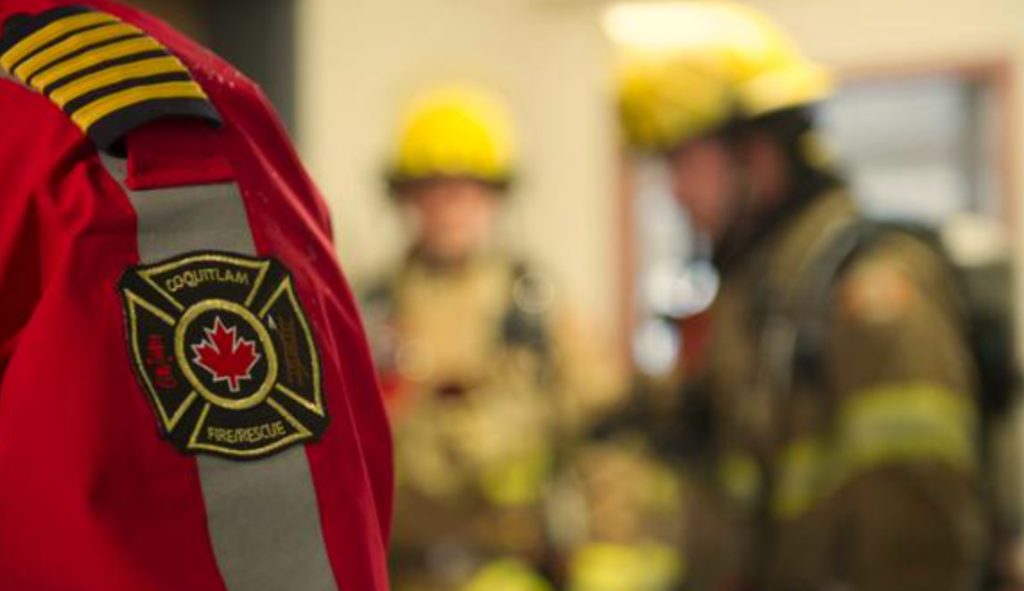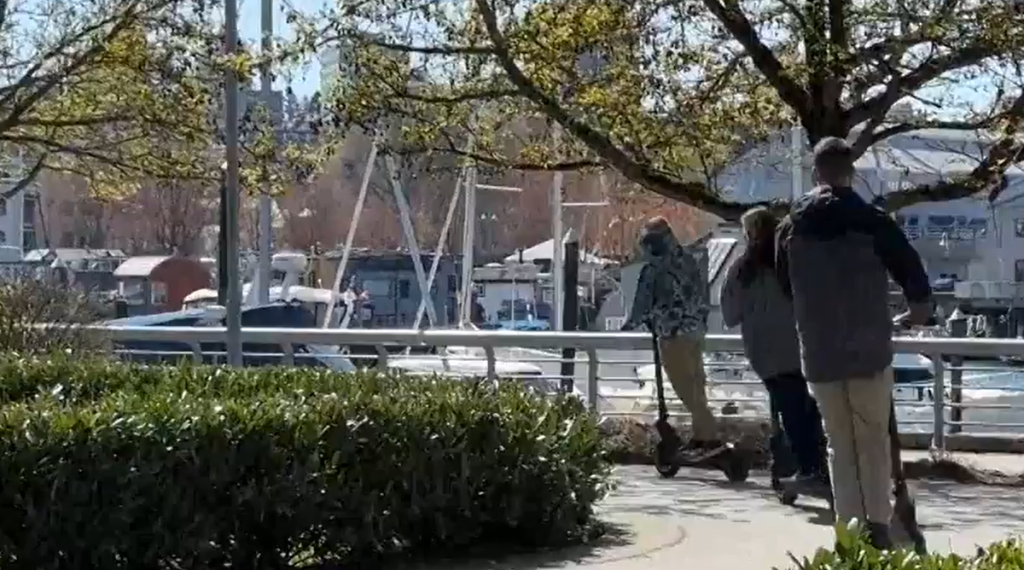Despite criticism, B.C.’s old growth logging plan a good start: expert
Posted November 3, 2021 11:01 pm.
Despite criticism from First Nations groups and the forestry industry, a forest ecology expert is hailing the B.C.’s new old-growth protection plan as a good first step.
The province announced Tuesday that it will consult First Nations about deferring the logging of big, ancient and rare old-growth trees across 26,000 square kilometres of forests. An independent panel of scientific experts has mapped priority areas, and the province has asked First Nations to decide in 30 days whether they support the deferrals or require further discussion.
Listening to the science, we’ve identified 2.6M hectares of BC's most at-risk old growth forests. We've shared maps of these areas and are committed to working in partnership with First Nations to better care for the old growth on their territories. https://t.co/mnH3h2JCB4 pic.twitter.com/euJSyLuJq6
— BC Government News (@BCGovNews) November 2, 2021
The BC First Nations Forestry Council is saying there isn’t enough time to make an informed decision, and decries a lack of consultation.
“The Forestry Council has offered to work with the Province on the development of a transparent process to meaningfully engage with Nations on the modernization of forest policy in B.C., including the principles around the identification of old-growth deferral areas. Unfortunately, we have yet to receive any acknowledgement of our offer to work collaboratively. Instead, they have chosen to do their own thing,” says CEO Dr. Charlene Higgins in a statement.
“The province claims they consulted with First Nations, but we don’t know who they are talking to,” adds Klay Tindall, general manager of forestry operations for Lil’wat Forestry.
Meantime, the BC Council of Forest Industries says the deferrals could cost 18,000 jobs, lead to the shuttering of up to 20 sawmills, and result in a loss of $400 million dollars in annual government revenue.
“It is unfortunate that the panel has advanced their recommendations without due consideration for the impacts on the people and communities who depend on the forest, including a small portion of old growth, for their livelihoods,” the council writes.
RELATED: Ongoing protest over old-growth logging on Vancouver Island marks one year
Dr. Suzanne Simard is a professor of forest ecology at UBC. She says the criticism from First Nations is warranted, given how long their territories have been logged without their consent.
“There’s a long history of colonialism here with the territories that are obviously First Nations territories , that have been their territories for thousands of years,” she says.
“The big major companies just went in with licences provided by the government to harvest in their territories without any feedback from or consultation with them.”
Simard says affected First Nations will have decision-making power going forward.
“First Nations can request that logging in those forests be deferred for up to two years. In the two-year period, they can come up with a plan, or request that it be permanently deferred, or that there’s a plan for sustainable stewardship of those forests,” she says.
“It’s not a permanent ban, but it could be in certain areas if the First Nations request that. So really, First Nations are very much in the driver’s seat for this going forward.”
But she understands why a 30-day timeline is in place, saying the need to protect the forests is urgent.
“There continues to be logging. Even as we speak, there are trees coming down in old-growth forests. That 30 day period is short in order to reduce the amount of loss, the continuing loss over the next month,” she explains.
“We need to keep working on this. We need to really take seriously climate change, and biodiversity loss. What they’re trying to protect is these big, iconic old-growth forests, which traditionally have been targeted because of their big old trees. But those are actually the places where we have the greatest biodiversity and carbon stocks. They’re really important from an ecological perspective. We’re already working with low numbers, but this is a really great step to try to remedy some of the problems that we’ve created by over-cutting in the first place.”
RELATED: Vancouver Island First Nations plan to defer old-growth logging at protest sites
When it comes to claims from industry, Simard says they don’t hold water, noting there’s nothing preventing logging in non-protected forests.
“Actually, the amount of cutting could increase in those other areas to compensate for the loss of availability in the valley bottom forests. It’s really just a small portion of the working forest,” she says.
She adds a lot of forestry job losses since the ’90s have been the result of industry moves towards mechanization, and a shift from clear-cutting to partial cutting may actually reverse those losses.
“It requires a lot more labour and skill. So that means that we need more people in the forest to be doing this, more craftsman-like like logging. It’ll create more jobs. Also just stewarding the forest, looking after it better, requires more people working in the forest and understanding the forest rather than machines doing those jobs. I think that there is actually going to be an increase in jobs.”
The province says it’s working on programs to help affected forestry workers, communities and First Nations, including skills training, bridge funding to retirement, and job creation through innovation in the industry.
With files from The Canadian Press










